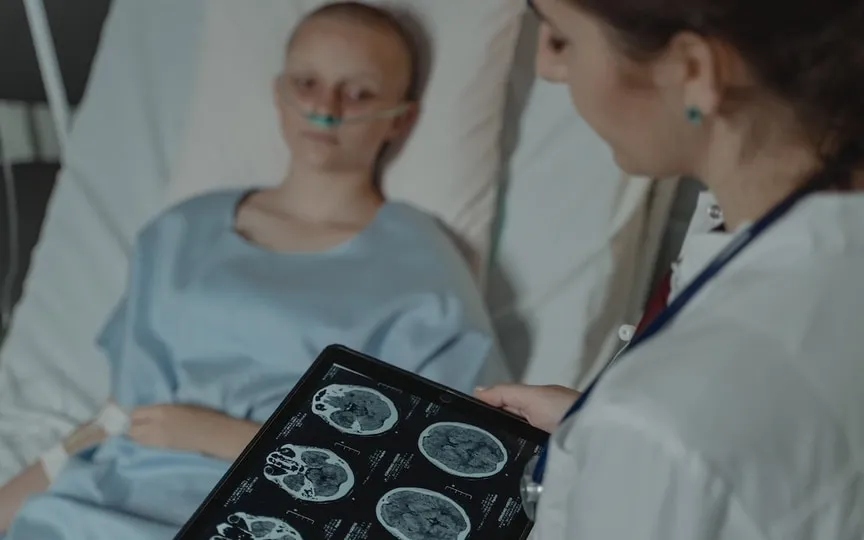Revolutionary Advancement: AI Transforms Brain Signals into Speech, Enables Paralysed Woman to Communicate Again
With the rise of generative artificial intelligence (gen AI) in the mainstream, various sectors pondered the potential of this revolutionary technology to bring about advancements and aid humanity. A recent instance has demonstrated its profound impact. A study, recently published, has disclosed a remarkable case wherein AI assisted a woman who had experienced a stroke and subsequently became paralyzed, enabling her to regain a semblance of normalcy. Despite losing her ability to communicate verbally, scientists successfully connected sensors and wires to her head, which interpreted her brain waves and transformed them into speech, allowing her to speak once more.
AI converts brain waves into speech
The study, published in the journal Nature, highlights that brain-computer interfaces (BCIs) were used to enable the patient to speak again. BCI is a system where the brain is connected to a machine with a monitor and the signals coming from the brain are digitized and displayed on the screen in audiovisual form after going through complex conversion algorithms.
The lead researcher, Dr. Edward Chang, director of neurological surgery at UCSF, implanted an array of 253 needle-shaped implants into the patient’s skull in the same location as his speech center. The implants then intercepted electrical signals that were triggered when the woman tried to speak and answer some basic questions posed by the researchers. The machine records every movement of the jaw, tongue and lips.
This data was then fed into an artificial intelligence tool that had spent a few weeks making sense of the data. After a period of training, the study claims the AI was adept at recognizing more than 1,000 words based on unique brain signal patterns. Now, when the machine was ready, the system allowed the woman to simply imitate the speech and the artificial intelligence would show on the screen what she would have wanted to say. The research team also created an artificial intelligence-powered synthesized voice for him, which was practiced on recordings of his voice before the stroke.
“What’s quite exciting is that just from the surface of the brain, the researchers got pretty good information about these different properties of communication,” Dr. Parag Patil, a neurosurgeon who reviewed the study, told the New York Times.
Scope of technology
BCIs have been around since the 1970s, and we’ve known how to capture these brain signals that show unique patterns for the smallest actions. However, we never had a reliable way to reproduce these signals or analyze them in real-time to turn them into an effective device.
This research highlights that with generative artificial intelligence it is possible not only to understand and analyze brain waves in real time, but also to reproduce them by adding another system to witness medical miracles.
The question is, how far can we go with this technology? Could this also work for people born without the ability to speak or build a system where audiovisual cues can be sent back to the brain even if the person has no ability to see or hear? Can it read the brain waves of comatose people and help medical professionals understand what’s going on in their heads? There are many questions, but this technology has definitely shown that in the future, with the development of artificial intelligence, it may all be possible.




